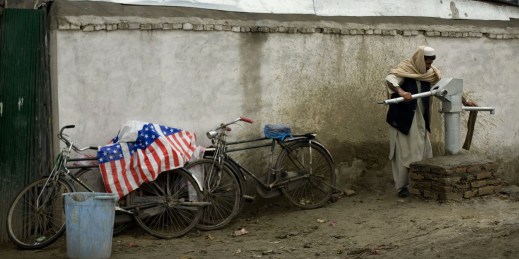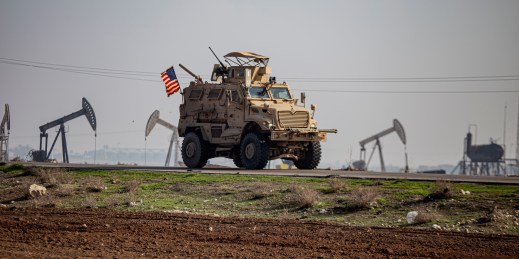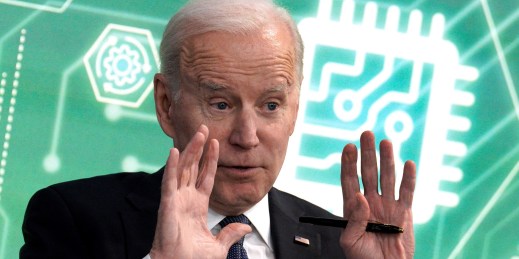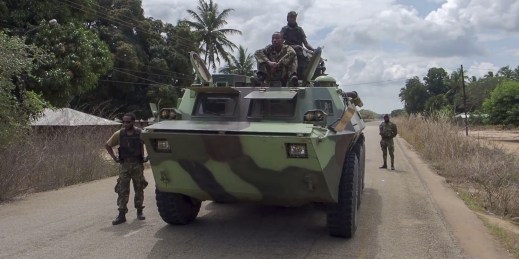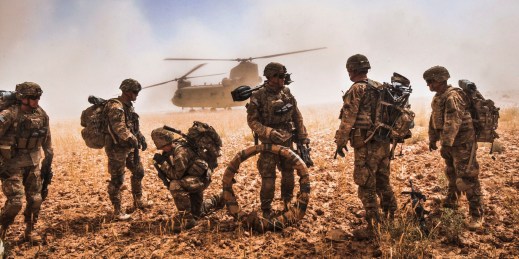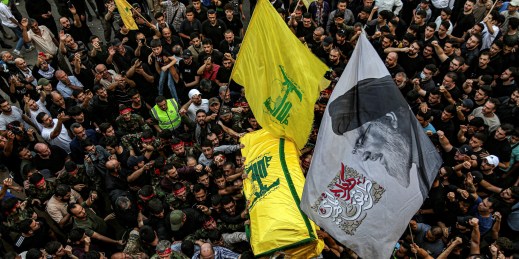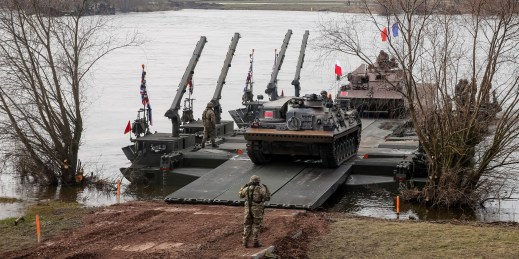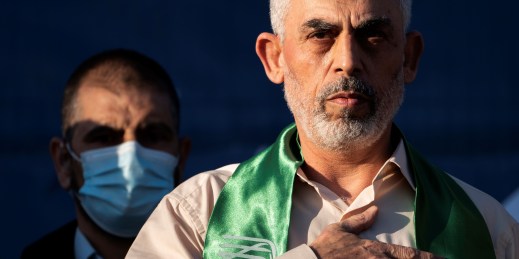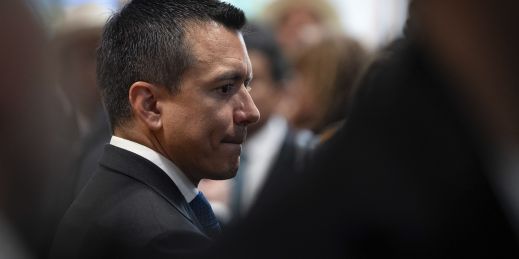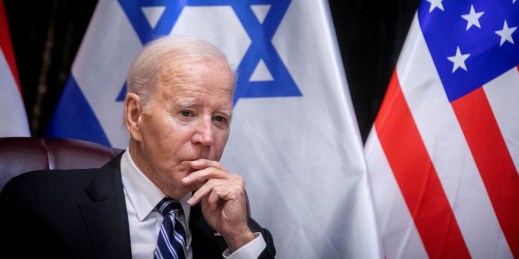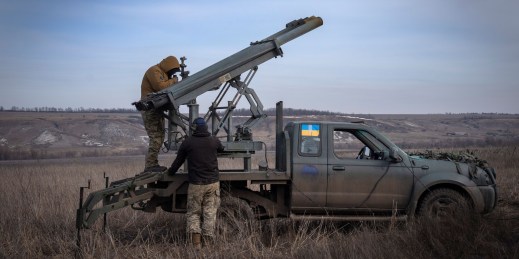
What would happen if the U.S. abandoned Ukraine? Former President Donald Trump has suggested he would do so if he returns to the White House next year and predicted he would end the war quickly, most likely by pressuring Kyiv to negotiate. But even if the intent is to bring peace, the practical effect would be to prolong the war.

